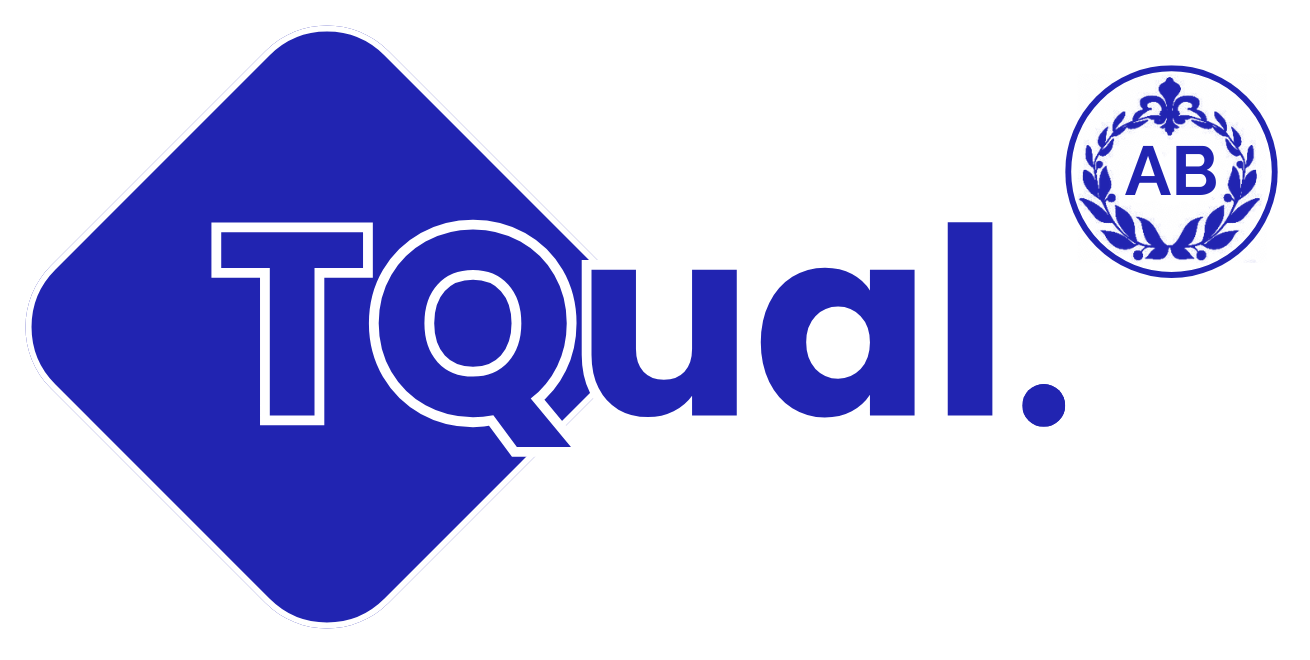Future Progression for the TQual Pipe Lamination Techniques Course
1. Advanced Lamination Techniques
Participants who complete the foundational course can advance to a specialized course covering advanced lamination methods, such as automated filament winding, resin transfer molding (RTM), and vacuum infusion molding (VIM). This progression equips participants with in-depth skills and expertise to address complex lamination challenges and enhance production processes for TQual pipes.
2. Specialized Applications
With the growing demand for composite materials across industries, participants can specialize in niche applications of TQual pipes. Future courses could focus on specific sectors such as oil and gas pipelines, marine structures, chemical processing plants, or renewable energy infrastructure. These specialized programs will provide tailored knowledge and skills to excel in their chosen fields.
3. Research and Development (R&D)
For those aiming to advance their careers in research and development within the composite materials sector, further education in areas such as materials science, polymer chemistry, or mechanical engineering can be pursued. Advanced degrees or certifications can open opportunities for leadership and innovation in developing new materials, technologies, and lamination techniques.
4. Certification and Accreditation
Participants seeking to enhance their professional credibility can pursue certifications or accreditations specific to TQual pipe lamination techniques. Certification programs offered by recognized industry organizations or professional bodies validate participants’ skills and knowledge, increasing their competitiveness in the job market and project bidding.
5. Continuing Professional Development (CPD)
Continuous learning is vital for keeping up with evolving trends, technologies, and best practices in composite manufacturing. Participants can engage in CPD activities, including attending conferences, workshops, and webinars, joining industry associations, or contributing to collaborative research projects. These activities expand knowledge, skill sets, and professional networks.
6. Entrepreneurship and Consulting
Participants with entrepreneurial aspirations can explore opportunities to establish consulting firms or businesses specializing in TQual pipe manufacturing and lamination services. Leveraging their expertise, they can offer consulting services, assist in product development, or provide custom lamination solutions to industries requiring specialized composite materials knowledge.
7. Global Opportunities
With industries becoming increasingly globalized, participants can pursue international career opportunities in the composite materials sector. Working or studying abroad allows exposure to diverse cultures, technologies, and practices, contributing to global advancements in TQual pipe manufacturing and lamination techniques.
Conclusion
The future progression for participants of the “TQual Pipe Lamination Techniques” course is both dynamic and expansive, offering pathways for advanced education, specialization, research, entrepreneurship, and global engagement. By building on their foundational knowledge, participants can seize opportunities for personal growth, drive industry innovation, and contribute to advancements in composite materials and lamination techniques.

